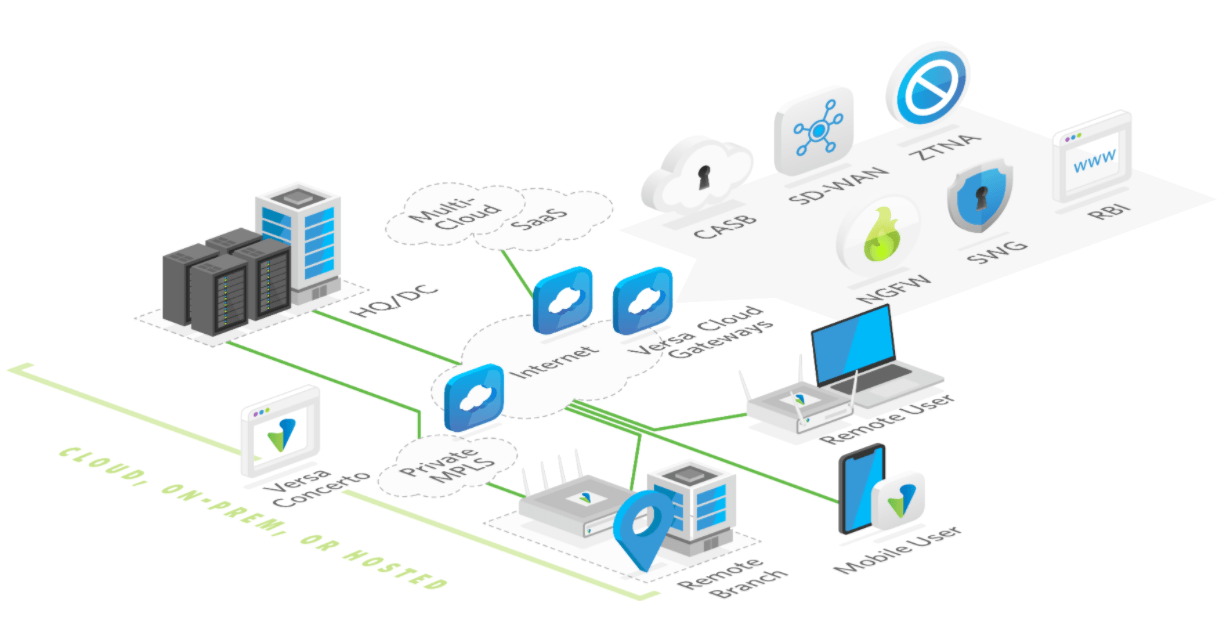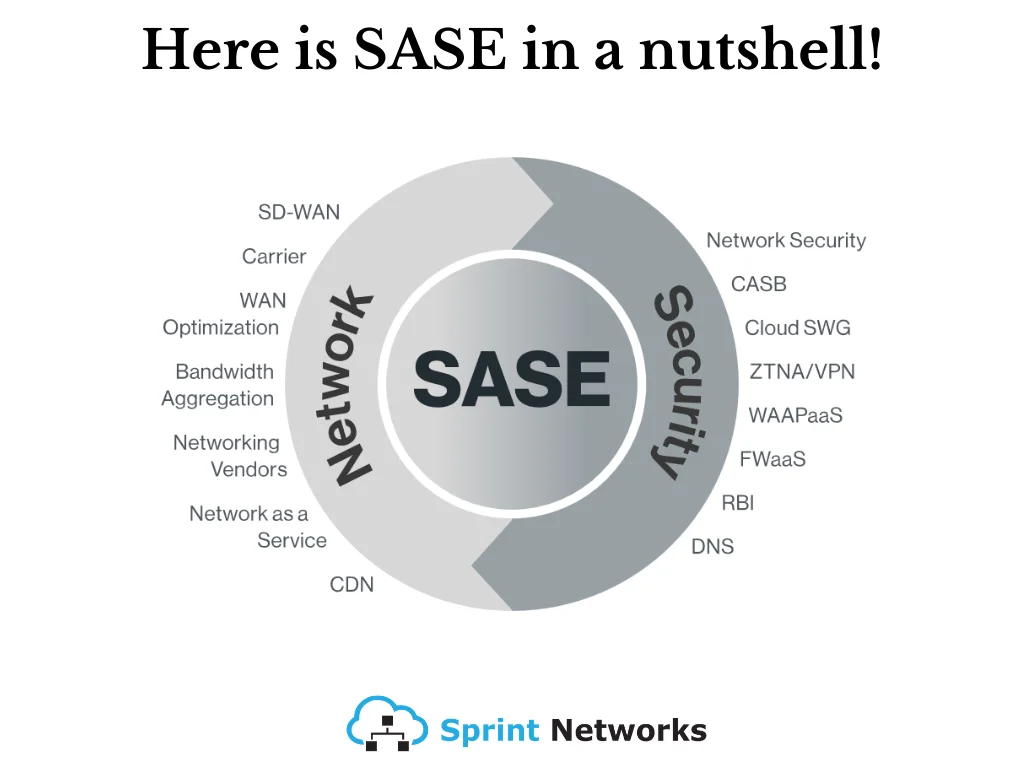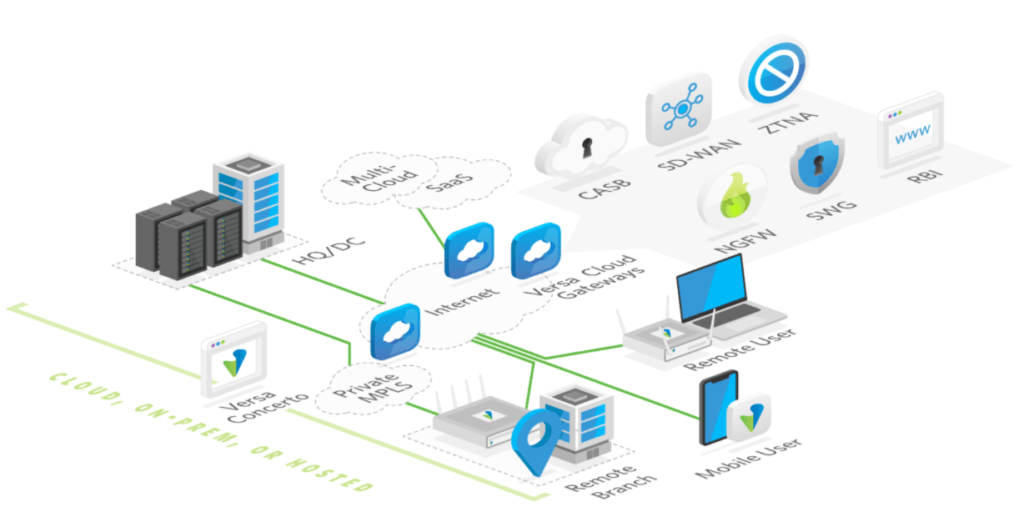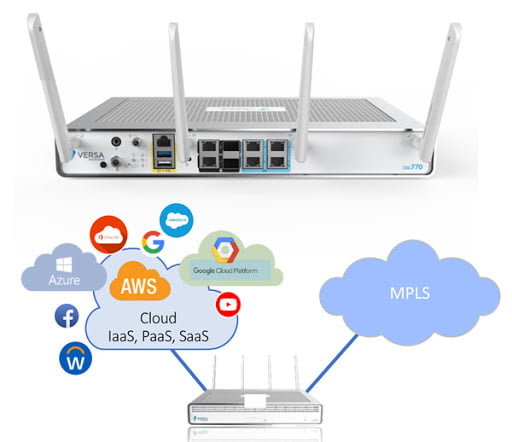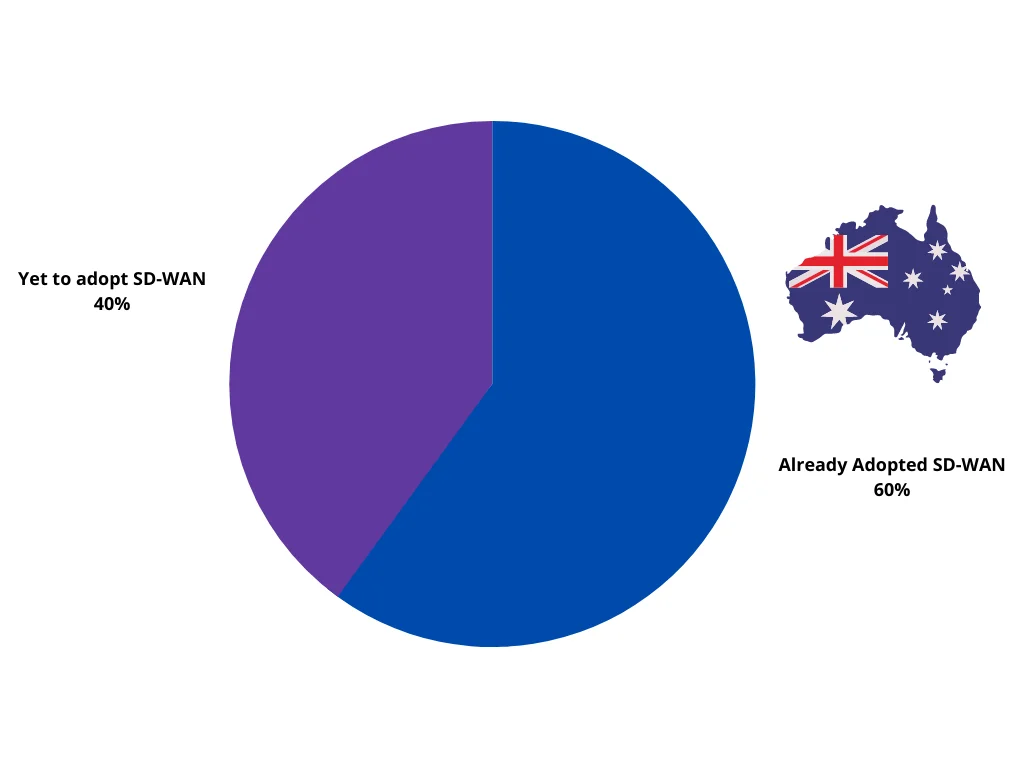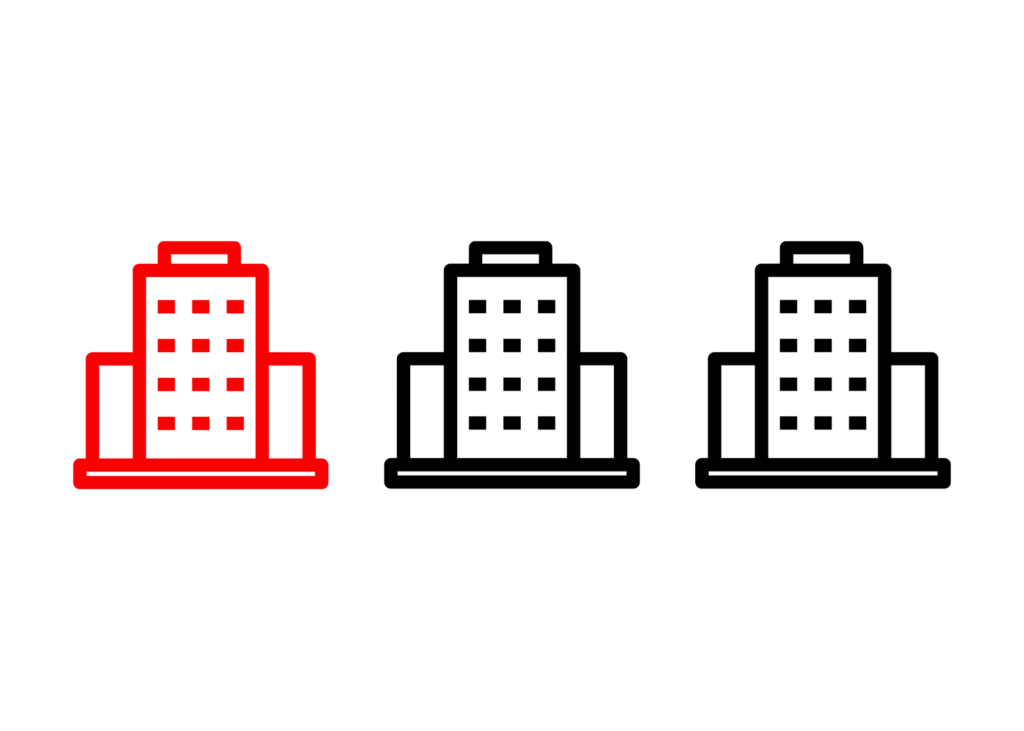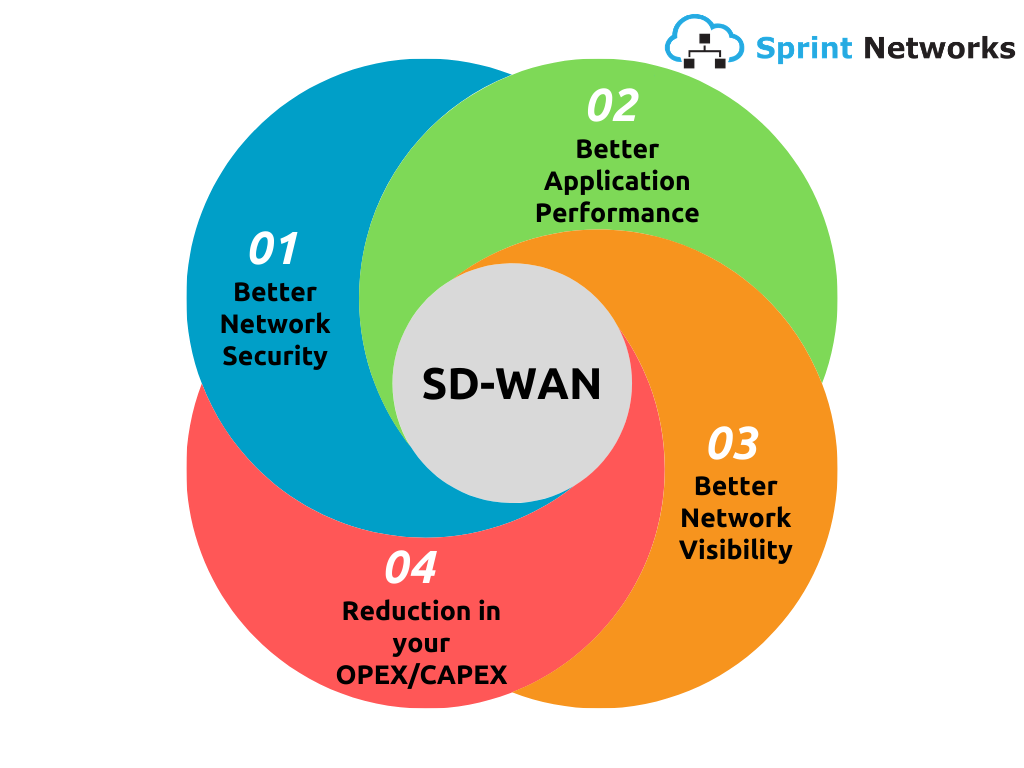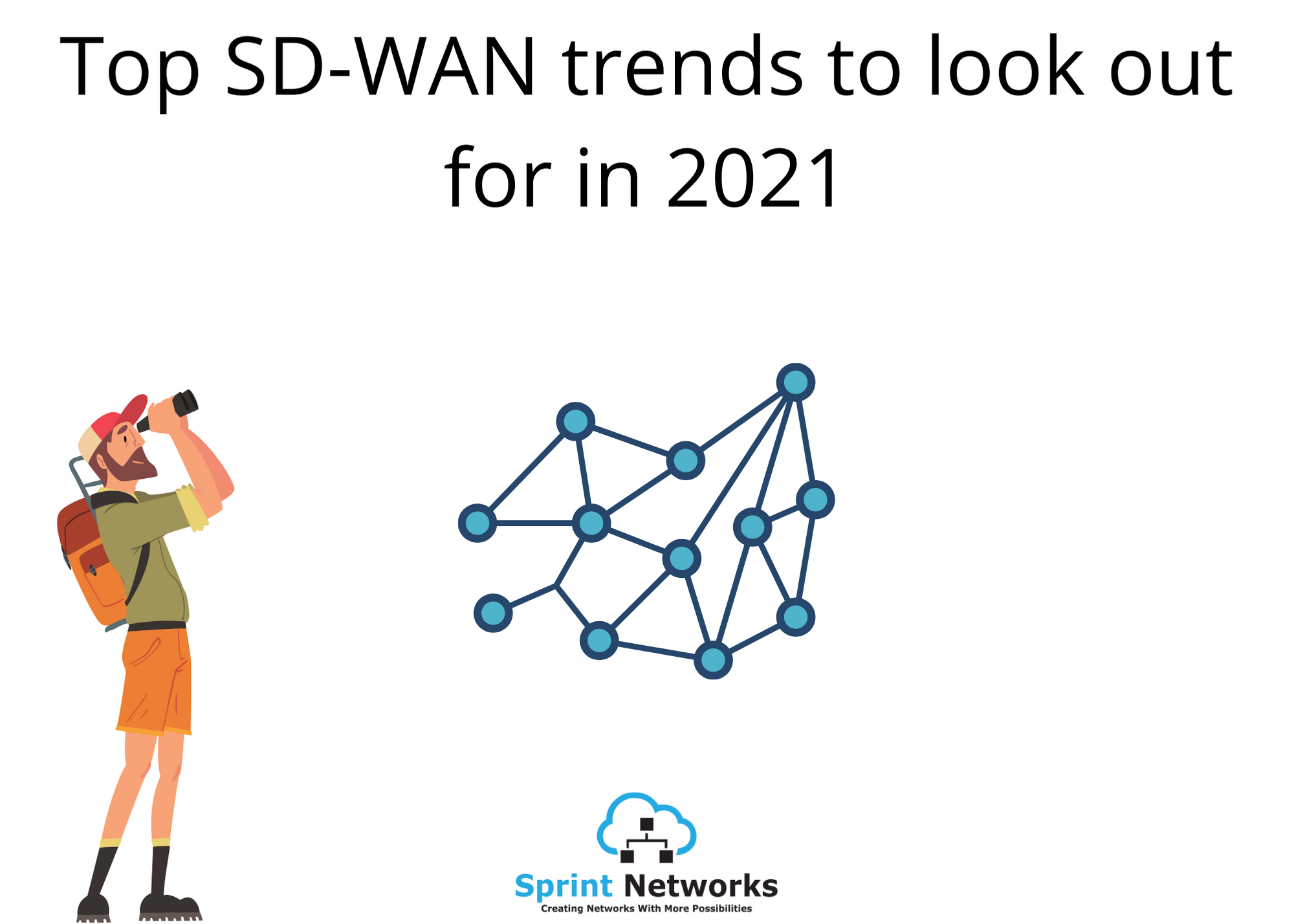
The top 5 SD-WAN trends to look out for in 2021
By Steve Percy SD-WAN, Superfast IT Networks No CommentsThe top 5 SD-WAN trends to look out for in 2021
Organizations is the Asia-Pacific region have already started warming up to SD-WAN for a while now. This is intended to support cloud-based workloads and to reduce their reliance on expensive MPLS circuits. The market in Australia has been very receptive to this technology over the last coupe of years and the uptake will reach peak figures in a couple of years.
Here are the top 5 SD-WAN trends you could look forward to in 2021:
1. SASE shows the way forward
For enterprises to make a complete transformation from legacy WAN, a drastic transformation of the WAN as well as the security architecture is required. This will take organizations away from a legacy data center-centric, perimeter security architectures towards a SASE architecture that is cloud-centric.
2. 5G becomes a viable WAN link for SD-WAN
As 5G rolls out in more areas, there is great opportunity for 5G wireless to be integrated as the primary connection, leading to reduced latency, higher speeds, quicker deployment times and faster time to market.
3. Multi-cloud connectivity improves
As more and more applications move to IaaS and SaaS platforms, it becomes very important for organizations to provide streamlined internet access to the specific cloud-based services from the branch. This will ensure that SD-WAN vendors will continue to deepen their relationships with cloud providers. This will provide greater granular access control and QoS reliability.
4. The growth of SD-WAN sold as a managed service
This will allow IT organizations to outsource the task of providing connectivity to their branches and data centers. Implementing and managing SD-WAN can be quite a task, especially if you are new to the technology. SD-WAN as a managed service eliminates multiple deployment barriers and is a good fit with an IT outsourcing strategy.
5. Integrated remote access has become a must
Millions of people are working from home still and it has been proven that they can maintain their productivity while working from home. This requires organizations to provide their employees with secure access to the datacenter. Current VPN technology is inadequate for the long-term as security will be a concern going forward. This is where SASE comes into the picture, with SD-WAN providers include broader offerings such as ZTNA, CASB to secure all the endpoints.

